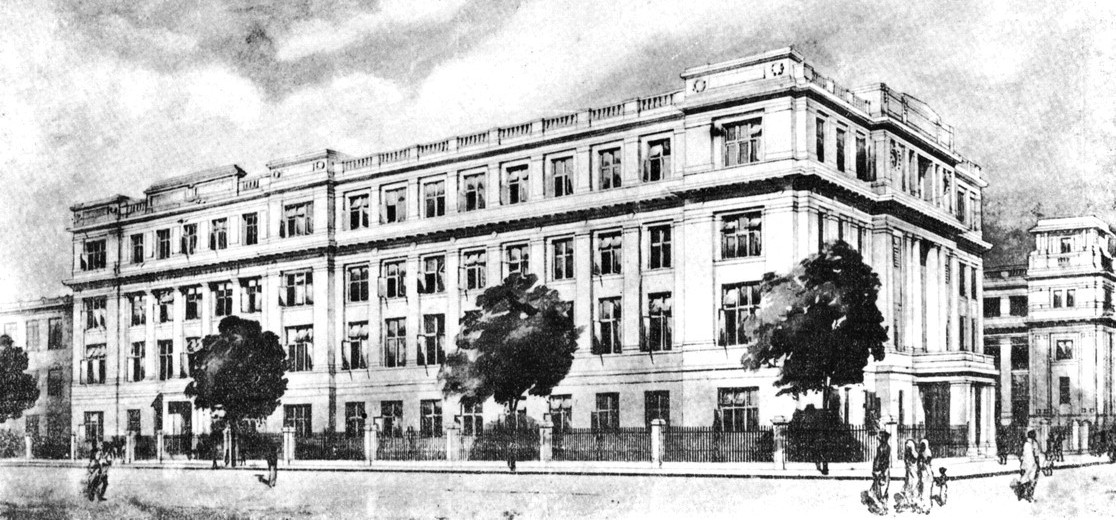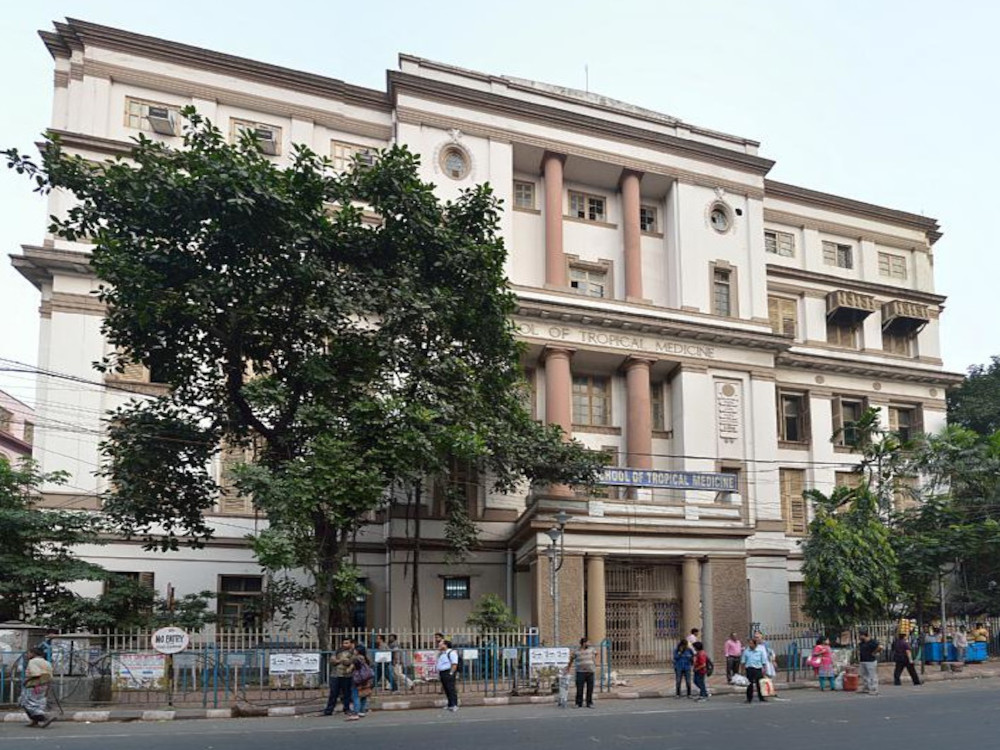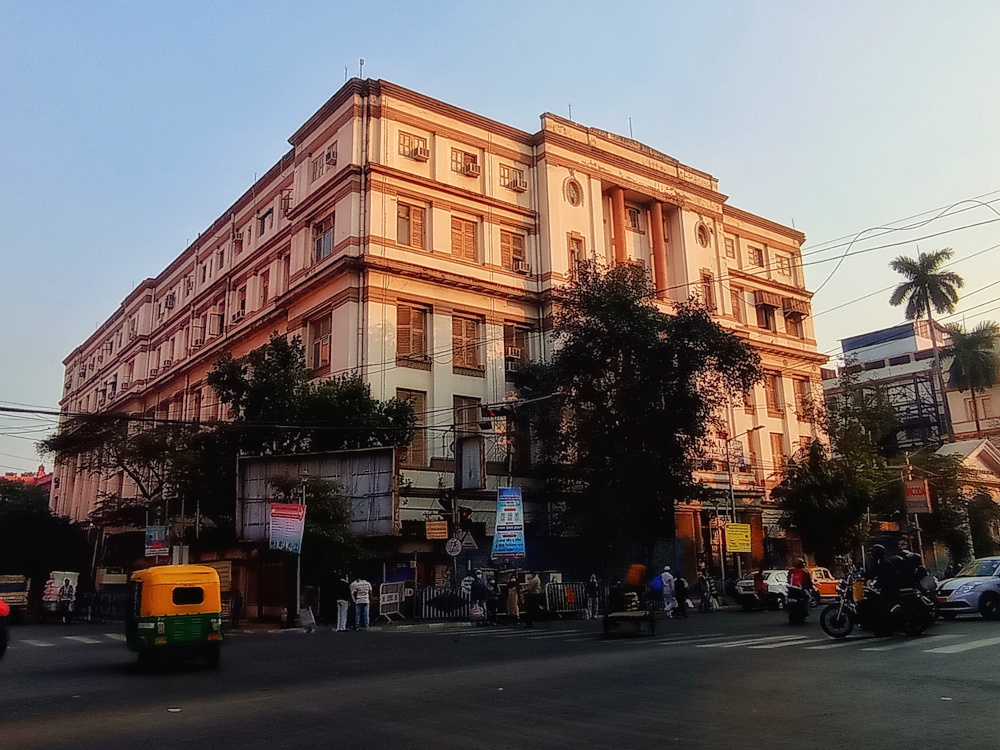History
The School of Tropical Medicine (STM) in Kolkata, India, has a storied history that spans over a century. Established in 1914, it stands as one of the pioneering institutions dedicated to the study, research, and treatment of tropical diseases. The foundation stone was laid on 24 February, 1914 by Lord Carmichael, the then Governor of Bengal.
The origins of the School of Tropical Medicine can be traced back to the efforts of Sir Leonard Rogers, a British physician and eminent figure in the field of tropical medicine. Rogers recognized the urgent need for a specialized institution that could tackle the unique health challenges posed by tropical diseases prevalent in the region. Inspired by similar institutions in London and Liverpool, he embarked on establishing a school in Calcutta (now Kolkata), which was a hub for trade, commerce, and diverse tropical diseases.
In 1914, the Calcutta School of Tropical Medicine was officially established. Its early years were marked by modest beginnings, operating from a small rented building in the heart of Kolkata. The initial faculty consisted of dedicated physicians, pathologists, and researchers, including Dr. Leonard Rogers, who played a vital role in shaping the institution.
As the importance of the school grew, the Government of Bengal recognized the need for a more substantial facility. In 1921, a new building was provided to the Calcutta School of Tropical Medicine, situated in the heart of Kolkata's bustling medical district, encompassing College Street. The new building, with its striking colonial architecture, served as a testament to the institution's prominence.
With its upgraded infrastructure, the School of Tropical Medicine became a leading center for tropical medicine research, diagnosis, treatment, and training. It played a vital role in the study of diseases such as malaria, kala-azar (visceral leishmaniasis), dengue fever, filariasis, cholera, and other tropical ailments that plagued the region.
One of the significant breakthroughs associated with the School of Tropical Medicine was the research conducted on kala-azar. Dr. Leonard Rogers, along with his colleagues, made substantial contributions to understanding the etiology, clinical features, and treatment of this deadly disease. Their work led to the development of new therapeutic interventions, including the use of antimony compounds.
In addition to kala-azar, the institution made significant strides in the study of malaria, which was endemic in many parts of India. Researchers and clinicians at the School of Tropical Medicine investigated the complex life cycle of the malaria parasite, its transmission by mosquitoes, and effective methods for diagnosis and treatment. This research was instrumental in formulating comprehensive strategies for malaria control in the region.
Over the years, the School of Tropical Medicine expanded its facilities and scope. It became a hub for medical education and training, offering postgraduate courses, diploma programs, and research opportunities. The institution attracted a diverse array of students and researchers from India and abroad, fostering a rich academic and cultural environment.
The School of Tropical Medicine played a vital role during times of crisis and epidemics. During the devastating outbreaks of cholera and plague in the early 20th century, the institution served as a center for research, diagnosis, and treatment. Its scientists and physicians worked tirelessly to understand the diseases, implement preventive measures, and provide care to the affected population.
Throughout its history, the School of Tropical Medicine has been associated with numerous distinguished personalities in the field of tropical medicine and public health. Notable figures such as Sir Leonard Rogers, Sir Nilratan Sircar, Dr. U.N. Brahmachari, and Dr. J.B. Chatterjea have made significant contributions to the institution's growth and reputation.
Dr. J.B. Chatterjea, who served as the director of the School of Tropical Medicine, was a renowned hematologist and medical academic. He made significant contributions to the field of hematology, particularly in the study of Hemoglobin E/β-thalassemia prevalent in the Bengal region. His research on human red blood cells and their role in hereditary disorders expanded the understanding of etiopathogenetic aspects of these diseases. Dr. Chatterjea received several honors and awards for his work, including the prestigious Shanti Swarup Bhatnagar Prize for Science and Technology.
The School of Tropical Medicine has also played a crucial role in fostering international collaborations and partnerships. It has been actively involved in research networks, sharing knowledge and expertise with other institutions around the world. The institution has hosted numerous conferences, seminars, and workshops, providing a platform for scientists, researchers, and healthcare professionals to exchange ideas and findings.
In recent times, the School of Tropical Medicine has continued to evolve and adapt to changing healthcare needs. It remains at the forefront of research and clinical care for tropical diseases, including emerging infectious diseases. The institution has embraced modern diagnostic techniques, molecular biology, and genomics to enhance its capacity for disease surveillance, diagnosis, and control.
Today, the School of Tropical Medicine stands as a premier institution in the field of tropical medicine and public health. It continues to contribute significantly to the understanding, prevention, and management of tropical diseases. Its legacy of excellence, research, and service has left an indelible mark on the fight against tropical diseases in India and globally.



